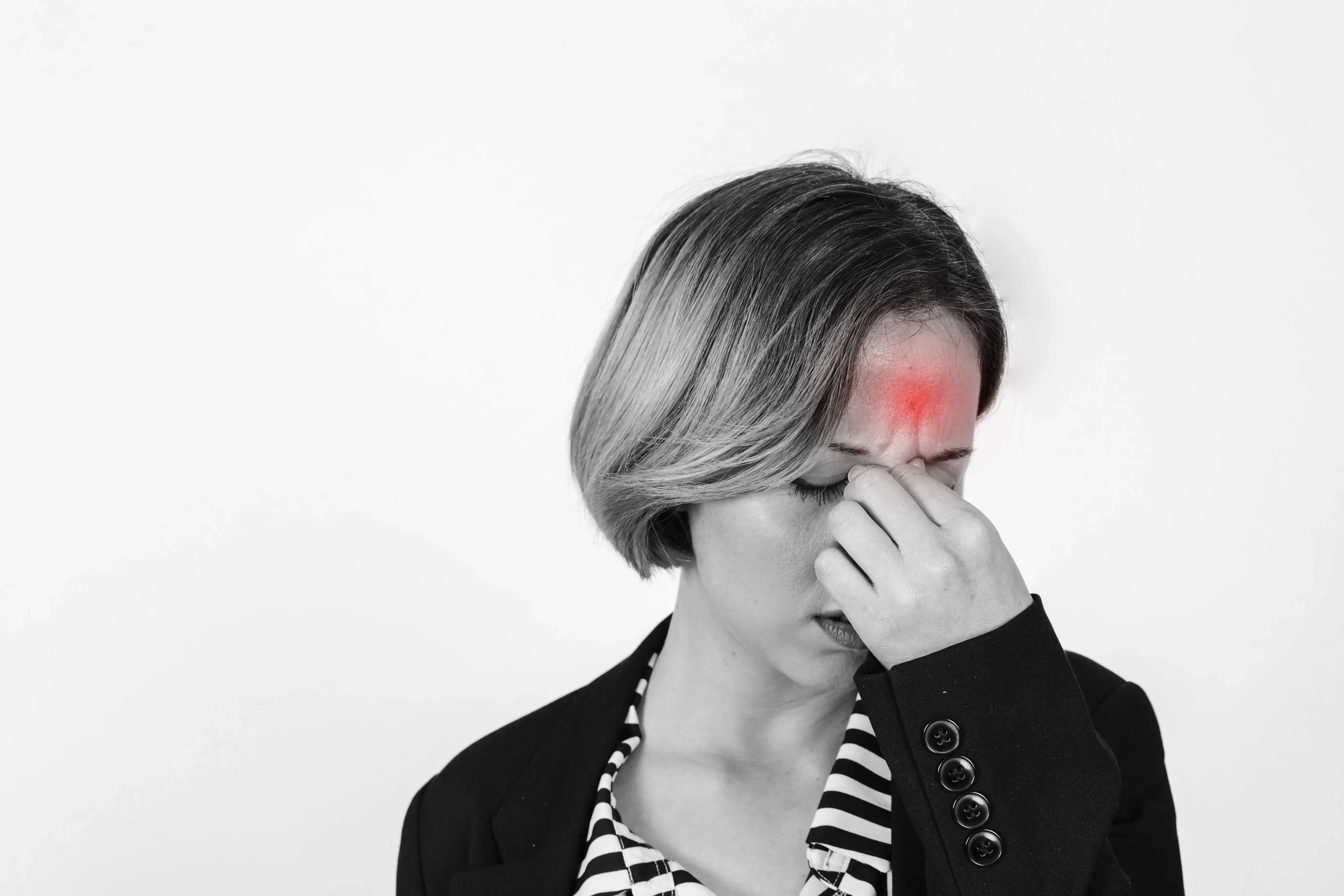A cluster headache is a severe headache on one side of the head, 通常是眼睛周围, that occurs periodically in groups or clusters. It is felt as an intense, stabbing pain in the head.
The headaches can occur every day, even several times daily. A single episode can last up to three hours or 15 minutes. The pain ends suddenly, decreasing in intensity and post-pain, you feel tired and weak.

丛集性头痛发作很快, 通常没有警告, although it may signal itself by a nausea-like sensation. Signs and symptoms of a cluster headache include:
The exact cause of cluster headaches has not been established. Still, it is believed to be linked to activity in the brain's hypothalamus. This area acts like our internal biological clock, 控制昼夜节律, 体温, 饥饿, 和干渴.
A cluster headache occurs when a nerve route in the hypothalamus is triggered. The trigeminal nerve controls your sleep and wake cycles and is located near the eye and travels across your forehead, 脸颊, 你的下巴, and above your ear on the same side of the face. When this nerve is triggered, the pain radiates to these areas.
Studies found the hypothalamus to be highly active during cluster headaches.
Cluster headaches are also thought to be linked to the sudden release of the brain chemicals histamine or serotonin.
The triggers for cluster headaches include:
A thorough diagnosis by a neurologist will help determine the treatment path for cluster headaches. A series of procedures are employed to assess brain function and test your reflexes and nerves.
Imaging tests such as Magnetic Resonance Imaging (MRI) or CT (Computerized Tomography) Scan may also be used to study brain activity.
The treatments for 集束性头痛 include:
If you are getting severe headaches with the symptoms described above, if you are experiencing sudden changes in the intensity and duration of headaches, 和神经科og体育平台预约.
迪拜美国医院's 神经学 Department has the most advanced treatments for 集束性头痛.
Our highly experienced neurologists and specialists diagnose and treat all types of headaches using the latest and most advanced methods. Our treatments offer speedy and effective relief for 集束性头痛 through correct medication and lifestyle change recommendations based on your symptoms and medical and family health history.
我们的专业知识, 最先进的设施, and multi-disciplinary and integrative treatment approach ensure you get the most effective treatment program to help you get back to your routine quickly and safely.